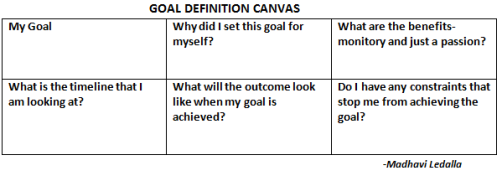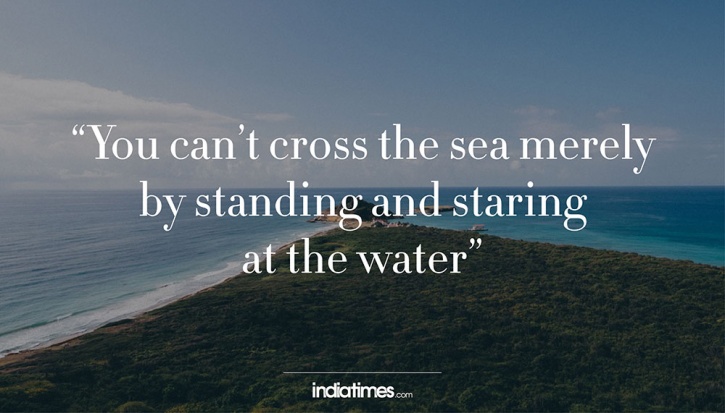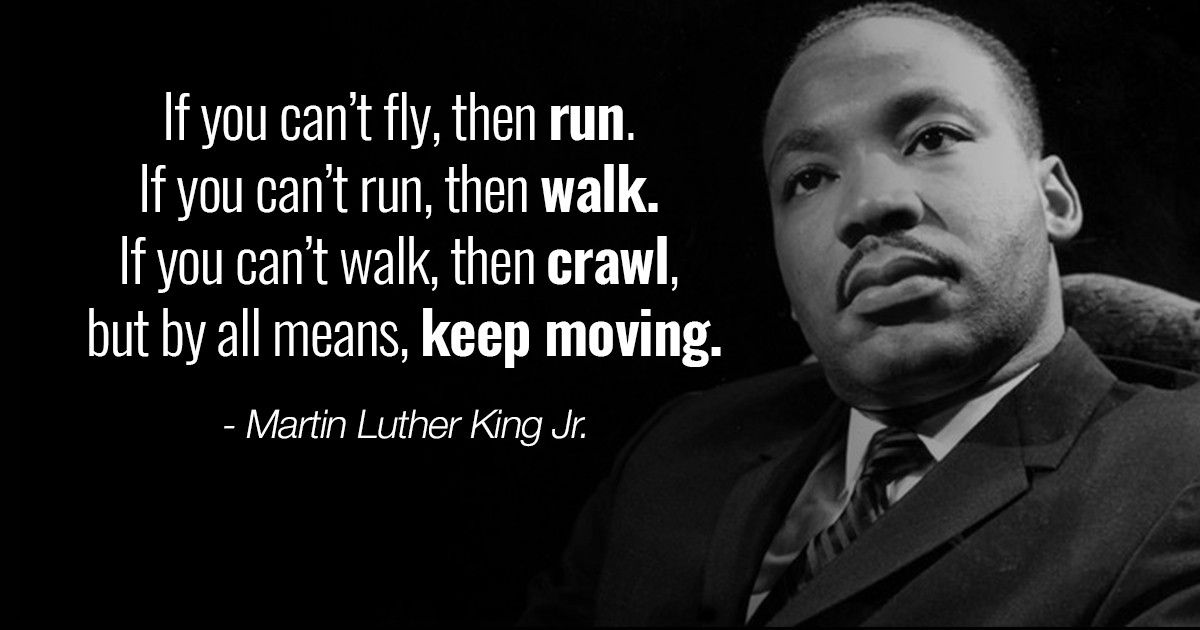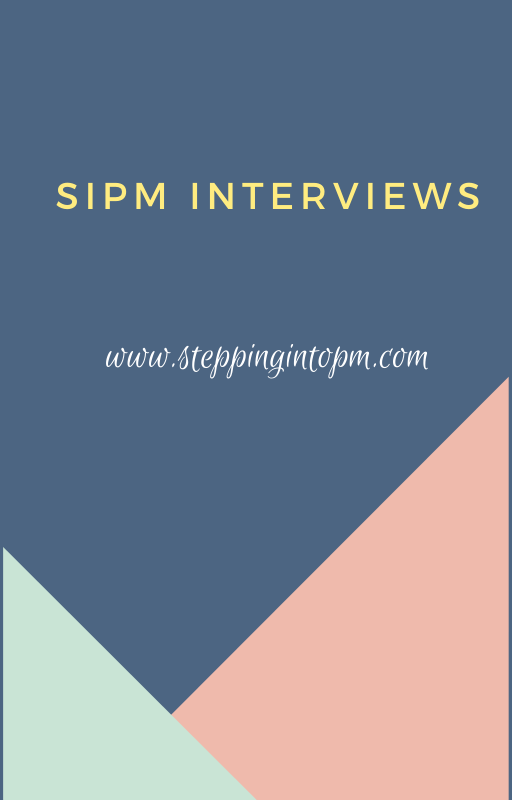Top 7 Project Management Myths Debunked
This is a Guest Post by Fred Wilson, who is an Agile & Software Consultant at Ntask. He work with teams to
streamline workflows and enhance team collaboration. He is also an avid reader and
often write about productivity, project management and collaboration.
Project management defines an altogether different
experience for every professional. Different projects have different
requirements when it comes to an approach or framework, the resources,
budgeting and even documentation.
However, despite the evolution of project management
strategies and frameworks, projects often get overshadowed by practices and
methodologies that may not contribute as efficiently as assumed.
Due to some uncertainties - or shall we say project
management myths - teams often miss out on implementing best practices and
approaching their projects in a truly effective manner.
I tried finding out some of the common myths that exist when
it comes to project management. These are the 7 most common myths I found:
1. Project Managers
can fix everything
No, project managers cannot have a fix for every single
issue.
Moira Alexander is the author of LEAD or LAG: Linking
Strategic Project Management & Thought Leadership and the founder of
Lead-Her-Ship Group with more than 20 years of experience in business and
project management.
According
to Alexander, although project managers may be experts and keep the
workflow in progress and teams and stakeholder sin sync, they are not
magicians. This is why it is important for project managers, stakeholders and
sponsors to be flexible enough to identify when a task or a project cannot go
further and put an end to it instead of spending more resources trying to fix
it.
2. Agile is the best
Agile has proven
to be very effective than other frameworks for most teams. However, it is
not the ultimate solution to each project. Bola Adesope is a seasoned management and transformation consultant.
According
to Bola, both methodologies, Agile and traditional Waterfall have their own
strengths and weaknesses. There is no good or bad approach. Instead, each
project requires a tailored approach depending on various factors, such as client
requirements and feasibility.
3. You can use a
template to manage all projects
Unfortunately, there is no one-size-fits-all in project management. There is no one fixed method for all projects. According
to Moira Alexander, every project is unique and can be affected by many internal
or external factors, including timeline, work pattern, available resources and
culture.
Even slight alterations can result in significant
repercussions at later stages in a project development cycle. For this reason,
every project needs to be planned and executed differently. Applying the exact
same approach, techniques, tools and work style does not guarantee success.
4. Risk management
guarantees 100% risk-free projects
Risks are a part of every project; big or small. Effective
project management comprises of efficient risk management. This may include
identifying potential risks, their corresponding impact and likelihood as well
as how to mitigate these risks.
According
to Bola Adesope, usually the risks identified and addressed earlier in the
project cycle can be resolved more efficiently with lesser chances of
resurfacing. However, risks continue to occur throughout the project cycle and
need to be consistently monitored and regulated.
Even following the exact methods recommended in the project
management body of knowledge (PMBOK, 2013) cannot guarantee a successful
project. It can, however, improve the team assessment and focus throughout the
project development cycle.
5. Project Management
is easy
Lauren Ebsary is an experienced project consultant. Ebsary
came across people who believe project management can be accomplished by
just about anyone. However, there is a lot more required in handling projects
other than professional skills. Each situation calls for a different set of
expertise and approach to handle a project. For this reason, to be an effective project manager, a
professional project management certification is required whether it involves
project members or project management career-oriented people.
6. Planning is
unproductive
Planning is an important part of any project.
For some people, it seems more efficient to just get on with
it. According
to Paula Martin, CEO, International Matrix Management Institute, this myth
has infected most of the organizations due to a belief that "real work is implementing or building
something and planning is just that upfront stuff we don't have time to bother
with.” She adds that in reality, planning is a significant part and
it ensures everyone is heading in the right direction. It promotes
accountability and in essence, implementing with a plan is wiser.
7. There is no room
for change
From the inception of a project to its delivery,
requirements can change at any stage. This calls for effective change
management strategies. Hear it from Change Management Consultant, educator and author,
Paul Roberts. According
to Roberts, a lot of time and effort goes into identifying a project,
establishing the funding and time for delivery.
This makes us reluctant to accept any change. However, this
can backfire as when we fail to identify the need for change or to accommodate
it, it can result in ill-timed and lower quality deliverables. He adds that although projects should be carefully navigated
from the beginning, it is also imperative that there is room for managing
change if need be.
Agile| Technical Conference| India-Bangalore

If you are a learning and likes attending conferences, here's one coming up in Bangalore (India). to know more about the organizing committee, click here.
Here’s what the Technical Agility Conference is all about:
In today’s environment, everyone is seeking for the luxury of stability but very few of the organizations succeed to achieve it.
Today’s market is completely volatile and unpredictable where you never know what’s gonna happen next and the common question across all the mind is “How do I do this?” The Technical Agility Conference gives a platform to meet, share & discuss with the experts around the globe under one roof where you’ll learn the meaning of Technical Agility, what it means to your organization, and what does it take to lead your organization towards true
Technical Agility, which is fundamental to achieving true Business Agility. The Three Pillars of the conference: Culture & Collaboration - Enterprise Agility Product Stability & Reliability - Built-in Quality Fast Delivery - Time to Market Conference details:
Conference Date : August 10-11, 2018
Website: http://tac2018.com/
(Pic Courtesy: google images)
Goal Setting Framework
This is a Guest Post by Madhavi Ledalla.
Many of us have goals, and I’m sure we would like to work towards them and achieve them. Sometimes the goals that are set are lost somewhere or are mostly subjectively set without any objective stats to support their perusal.
Here are some steps that could guide the goal setting journey-
Start with the why, the purpose of doing something. What is my goal? What do I want to achieve and How. Simon Sinek’s framework could help here as a starting point.
Write your goals on “Goal Definition” canvas.

Depending on number of goals you set for yourself, you may have those many goal definition canvases. Once the “Goal Definition Canvas” is filled, next step is to come up with a the priority of which goal is most important to you. This leads to “Goal Prioritization” exercise. The below “Prioritization” Canvas can be used.

Depending on the NS, you pick one goal that you want to work on. Once the goal is selected, the next steps are planning to achieve the goal. For this we can use the “Goal Planning Canvas”.
List down the activities that are required for you to meet the goal.
Arrange them in this way based on the impact and learning of working on the goal. Put them on the canvas and 1,2, 3 is the order of working.

One the order has been obtained from the “Planning” canvas, lay down these activities on a “Goal-Visualization-Board” and move the activities through each stage to visualize the progress.

The opinion and content expressed here is of the author and not SIPM.
May- Product Round Up
I have often talked about my recent interest in
wellness in Instagram and in this new journey there are routines I follow, new
things I read and learn and sometimes things I buy to keep me going in that
journey.
As the last post for this month, here are some of my
favorite products I bought:
- Little Black Book - I have heard of this so many times via you-tubers and while looking for next book to buy, I thought of this one. I bought via Kindle and it’s a simple read that’s more of a reminder of things you need to do. If you are trying a new career or planning to hustle this book just might be for you.
- I re-purposed my study desk, it was anyways becoming a pile of unwanted things, so I moved it to another room and now I don’t have a desk. I write wherever I want to- dining table, couch, on the floor, bed. In my attempt to keep me positive as much as I can, I try diffusers. This one is a humidifier plus diffuser. I love the smell of freshness and use diffuser's mostly during morning's. So, this mini one got my attention and I use it when I write, it moved around with me wherever I am. I use lavender oil and the fact it also doubles up as humidifier is amazing. So far I have used it at my makeshift desks and have enjoyed it very much.
- Okay, just in case you need to know more details of my routines-I used to go for pedicures every month but mostly for the foot message. And I haven’t had much time to indulge in one for the last couple of years and guess what I found one that I can have at home. Its been a week and I use it everyday, especially on the days when I am on my foot for hours like training's and workshops. Its wonderfully packaged (looks nice) and yes does wonders for your feet and stress.
- This one is again influenced by social media where I have read so much that I really want to try Epsom salt. Anyone here who uses it on regular basis?
- Has to be another book, right? Thinking Fast and Slow is my second trial at reading it. If you are looking for a serious read that doesn’t quite cut as vacation read, then look no further. More detailed review will be up soon as I get the entire book done.
If you like this style of blogging, done forget to let me know via comments or at twitter.
Disclaimer: links used here are affiliate links.
Articles to Read this Month
Here are list of some of the article I read this month and enjoyed it, so thought I would share.
- How a genius thinks and works is a rather interesting read with a cup of your favorite tea.
- If like everybody else, you are looking forward to happiness, this one is for you
- The journey from east coast to Kilimanjaro, one woman's tale to do the impossible.
- If you are the creative who is always looking fr the next big idea, clearly creative abrasion works and hers how
- Like everyone else, if you are caught by the wellness bug if and looking for some great reads, here’s an entire list just for you.
- Want to turn yourself to a focused individual, see the ways you can get ahead in the race.
- How your rival can make you better hear it from none other than Federer himself.

Why is creativity important in agile?
Majority of teams and organizations believe, agile is about
ceremonies and productivity and leveraging the flexibility by forcefully
changing requirements and showcasing books and authors on how it has been done.
In ‘Building the Agile Business’, author and digital
strategist Neil Perkin describes an agile business as being ‘velocity x focus x
flexibility’. In other words, a business that is focusing its efforts on moving
in a clear direction, but that also has an in-built ability to adapt and change
course if and when necessary…..Taking an agile approach enables brands to test
new ideas early on and to adapt easily to changes to ensure maximum success.
In most scenarios this over used buzzword has also created
myths around it that very few can differentiate with reality. Like doing stands
up doesn’t make you an agile team. An organization isn’t Agile if only teams
are forced to change without telling them why the change is happening. It only
leads to bitterness.
There are the supporters and the naysayers who argue over whose
agile (implementation) is better. They quote authors and books and bring out
snippets of blogposts and argue their case. In all this chaos, I have barely
seen teams question what they do and why they do? Why the change?
Creativity often ignored isn’t considered as mainstream
thought process in resolving real time problems. The flexibility or adaptability
in Agile is sometimes taken as a license to leverage it without thinking.
While certain outlines needs to be adhered, creativity or free
thinking can always help resolve problems even when it revolves around process.
The most creative individuals are those who can see the
things that everyone else misses.
Looking at data trends in an agile team can tell you where
lies the core problem, to put an end to mechanical retrospectives and really
finding ways to get the team talking needs creativity and to eventually see
what’s working and what’s not and to better the team is about thinking
differently.
So, should we incorporate in Agile training's about the need
of looking at a set of problems and thinking
how to resolve by adhering to your team culture, by encouraging team members to
come up with a new set of solution, bring the team together in discussing
collaboratively and telling that it’s not about the tools, it’s about you. Bring
you to the table, bring your ideas, disagree when required and respect the
difference of thoughts.
(Pic courtesy: Google Images)
This is what you should be doing
May 2, 2018
|
business,
happi,
hustle,
Inspiration,
millenials,
newbies,
time management
|
0
comments
|


What would you do if you weren’t afraid?
List down 3 items and find a way to get it done.
What would you need to get it done? More time, money, taking risks?
The biggest reason we don’t succeed is because we stand in our own way. So, here are some methods that are ruling the web.
Miracle Mornings is something I recently came across, you can listen to the audio book in YouTube. There’s clearly a buzz about it online and saw numerous people talking about it and how it has changed their lives. The goal is simple, get up early every morning and ensure you set your mood and pace by using visual boards and exercise to get things done.
The Secret-Law of Attraction has lots of followers including celebrities. It focuses a lot on visualization and here’s Oprah’s recount of how it worked for her
Mental practice as they say can get you closer to where you want to be in life, and it can prepare you for success! “For instance, Natan Sharansky, a computer specialist who spent 9 years in prison in the USSR after being accused of spying for US has a lot of experience with mental practices. While in solitary confinement, he played himself in mental chess, saying: “I might as well use the opportunity to become the world champion!” Remarkably, in 1996, Sharansky beat world champion chess player Garry Kasparov!” Source
There could be multiple ways to work on your life goals without having to dedicate yourself full time. You don't need to quit your job, if you are not ready.
Most of the techniques is about you working on your willpower by visualizing you being successful or fulfilling your dream and then you create your way by working out early before you can give excuses.
So wake up, get up and get going!
(Pic courtesy: Google Images)













